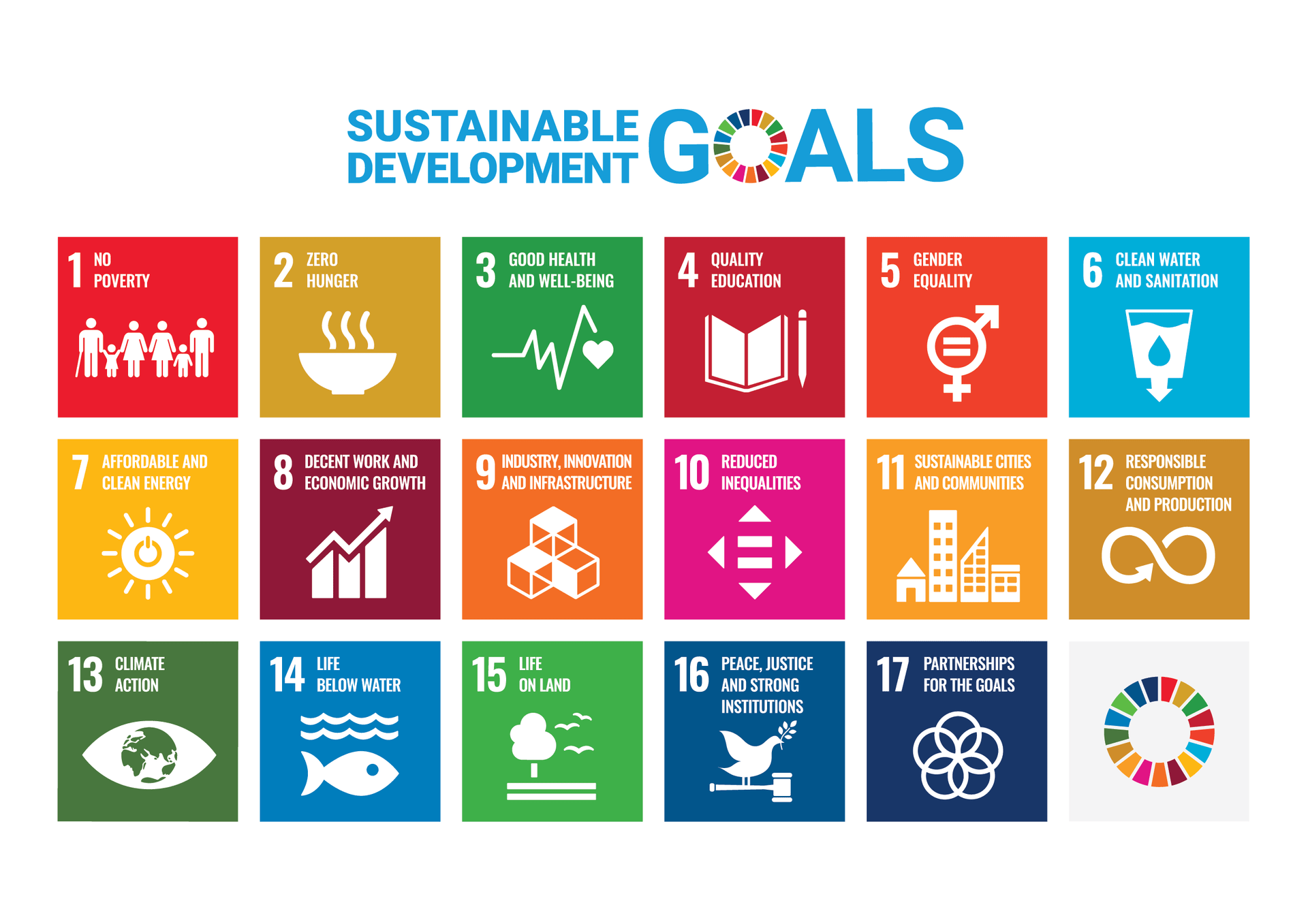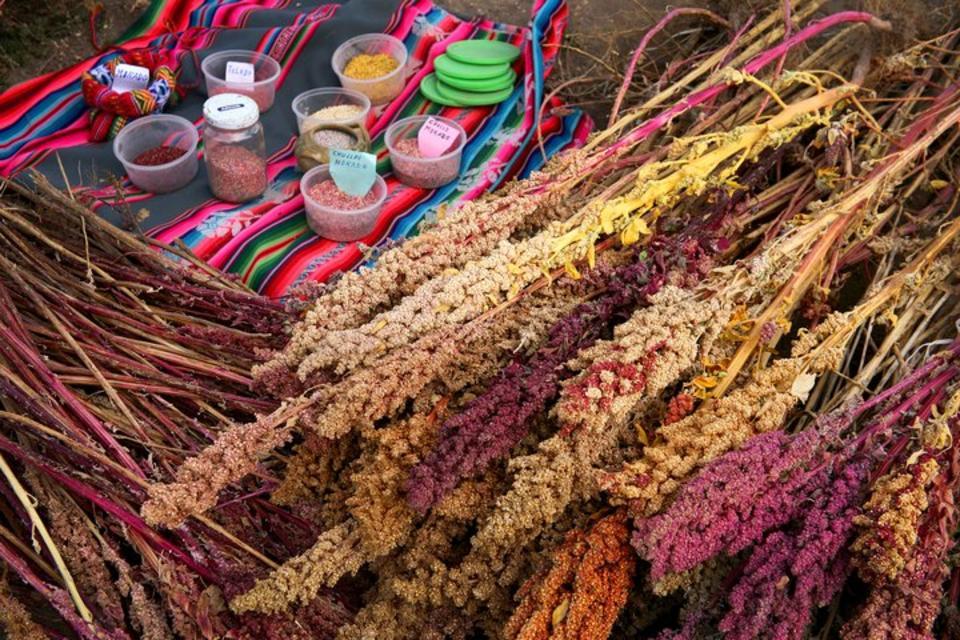Press and News Towards Agenda 2030: Delivering Progress towards the Global Sustainable Development Goals

How is research on sustainable agriculture and food systems driving progress on the Sustainable Development Goals? Discover examples of the Alliance of Bioversity International and CIAT’s work aligned with the SDGs.
By: Elvis Lyonga
The world faces multiple, simultaneous crises: biodiversity decline, the socio-economic impacts of COVID-19, multiple conflicts, and increasing inequalities between communities, with many economic activities threatened by the impacts of climate change.
While progress is being made towards improving these challenges, it’s not yet happening at the necessary speed and scale. At the Alliance of Bioversity International and CIAT, our research, partnerships and global reach are supporting countries’ policymaking, developing strategies to support people, nature and climate, offering research-based solutions to ensure the availability of food for a growing population, leverage partnerships to create green jobs for young people, and accelerate digitalization in farming.

Figure 1: Sustainable Development Goals (SDGs)
The world has changed since the United Nations chartered a path for people and planet in 2015, with the definition of the Sustainable Development Goals (SDGs) (see figure 1). In Asia, the impacts of climate change are becoming more threatening, ranging from extreme heatwaves to destructive floods. For example, in 2020, Vietnam lost $10 billion USD due to the impacts of climate change, and in 2022, 874 hectares of rice and 4,445 hectares of other crops were lost because of flooding.
To ensure that no one is left behind in the adaptation to climate change (keeping up with SDGs 2 on zero hunger and 13 on climate action), The Alliance of Bioversity International and CIAT has been working with partners to implement participatory approaches in the development and dissemination of agro-climatic bulletins (ACBs) to reduce climate risks. A strong example of addressing SDGs 2 and 13, these approaches allow smallholder farmers and technical working groups to make better crop decisions aligned with climate adaptation and mitigation strategies.
In India, the Alliance planted seeds of hope. To mitigate agricultural challenges, plant genetic resource initiatives were implemented to maximize the use of local genetic diversity, with a focus on climate-resilient crops. With this, Indian farmers protected their production from climate shocks, allowing them to feed their families (SDG2), and boost their income (SDG1, 8, 10).
Using research-based approaches and the latest data and technology, we developed a series of tech apps that prepare people to respond to climate change. The COVID-19 pandemic led to a seismic shift towards digital technologies, and the Alliance is using this opportunity to connect and create synergies between policymaking, food systems actors and the environment to accelerate progress towards the SDGs.
Now more than ever, access to knowledge on how to support people and planet is critical to build a sustainable future. Recognizing this, we are revolutionizing climate information services in Kenya to support communities to adapt to climate change and enjoy flourishing landscapes (SDG15), nutritious food (SDG2), and a stable climate (SDG13).
Similarly, in Malawi we worked to increase employment and ensure decent work conditions to reduce poverty and inequalities. COVID-19 triggered deep structural shifts in the global economy. To address this, the Alliance created the Business Incubator Program to empower young entrepreneurs. The initiative increases the resilience of youth and women-led enterprises, and promotes the establishment of growth-oriented, sustainable companies that can secure and utilize investments to create decent jobs (SDG8), reduce poverty (SDG1), foster gender equality (SDG5) and reduce inequality (SDG10).
Although gaps remain, The Alliance and its partners are increasing their efforts in 2024, calling on the global community to apply available technologies, resources and knowledge to accelerate progress towards achieving the Sustainable Development Goals and create a brighter future for all.



